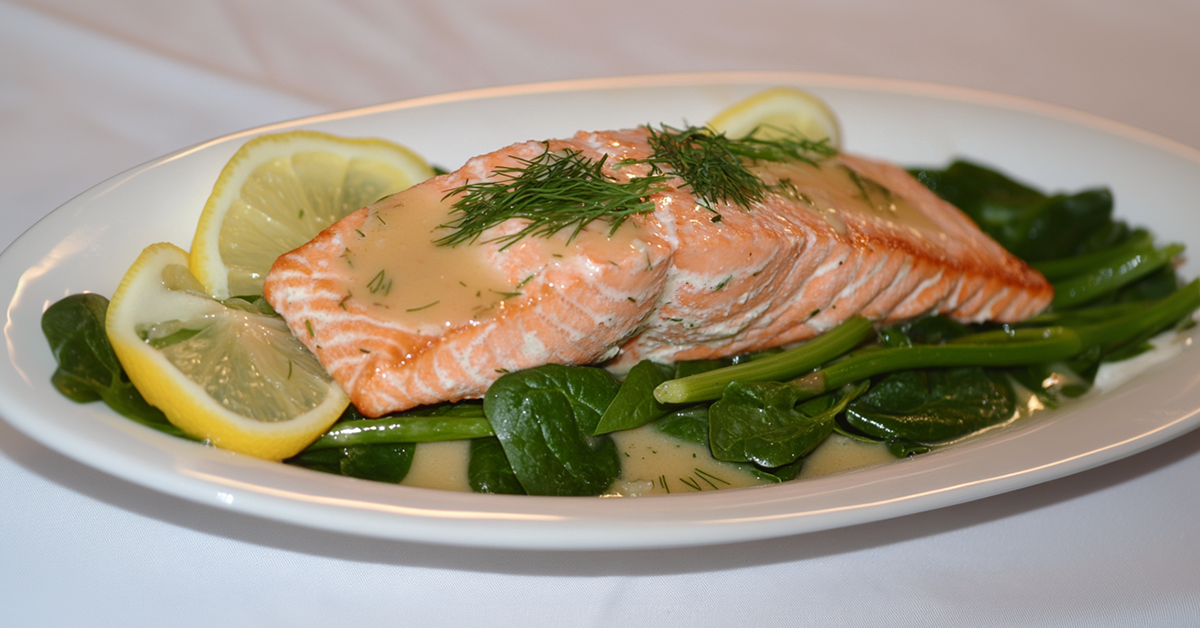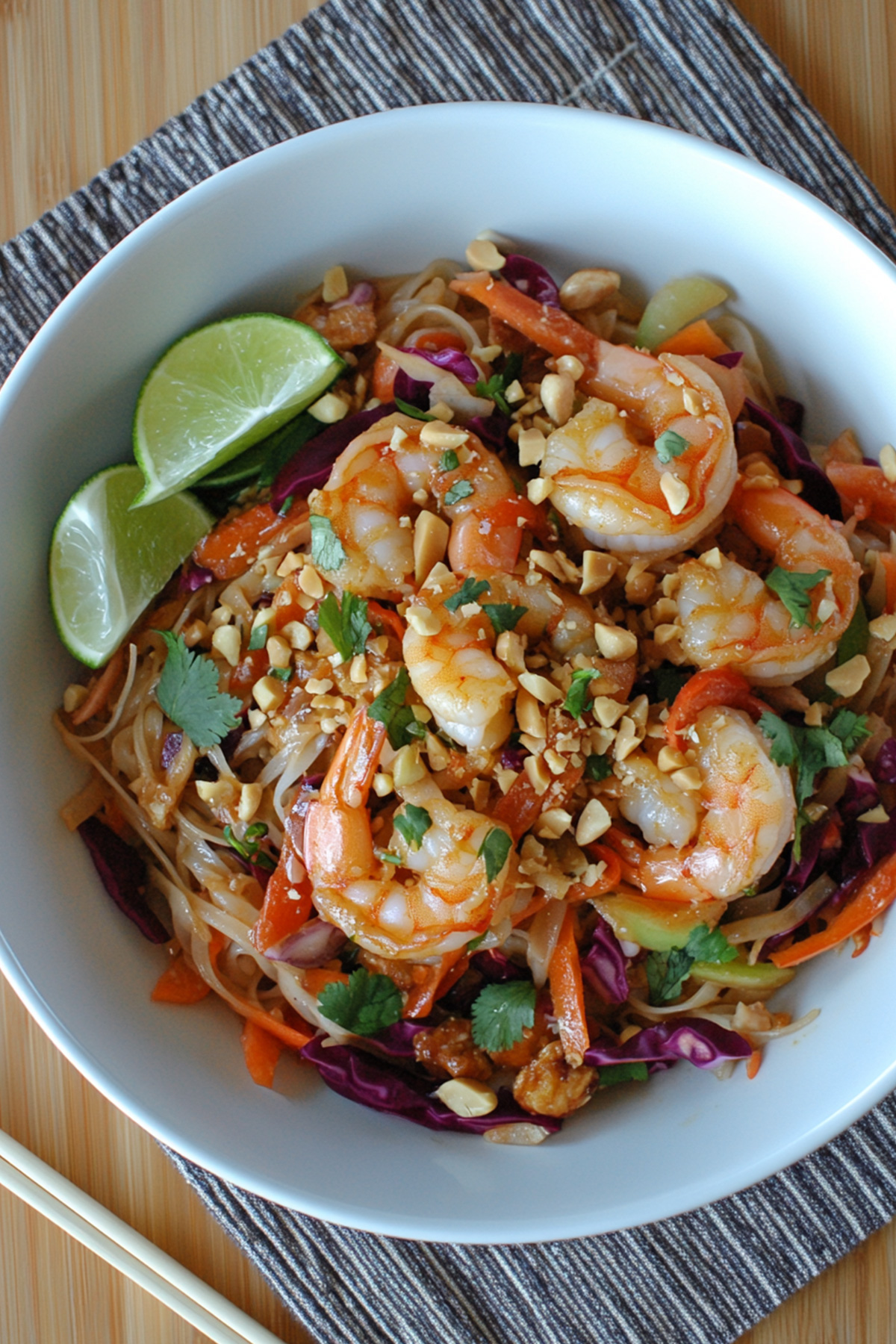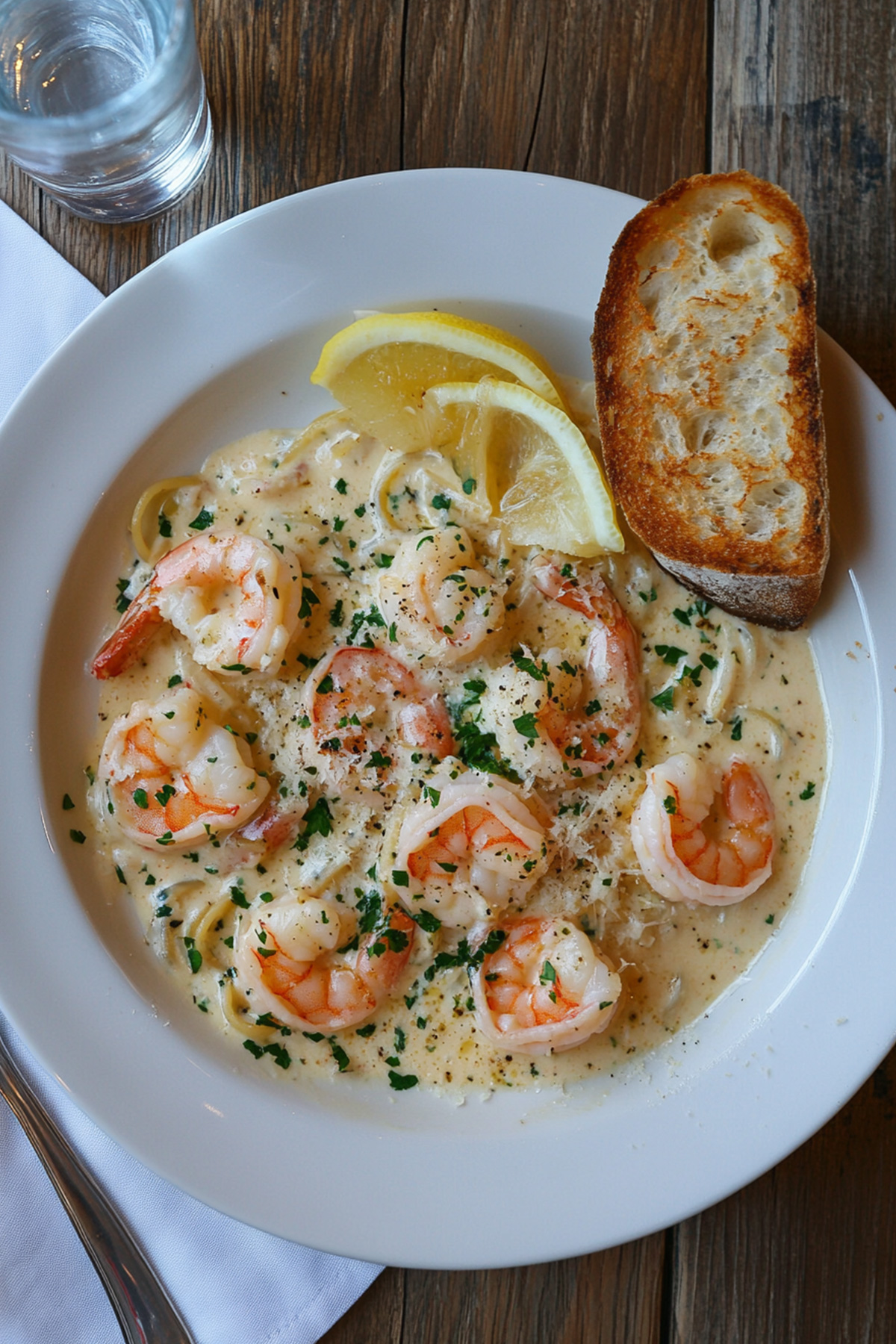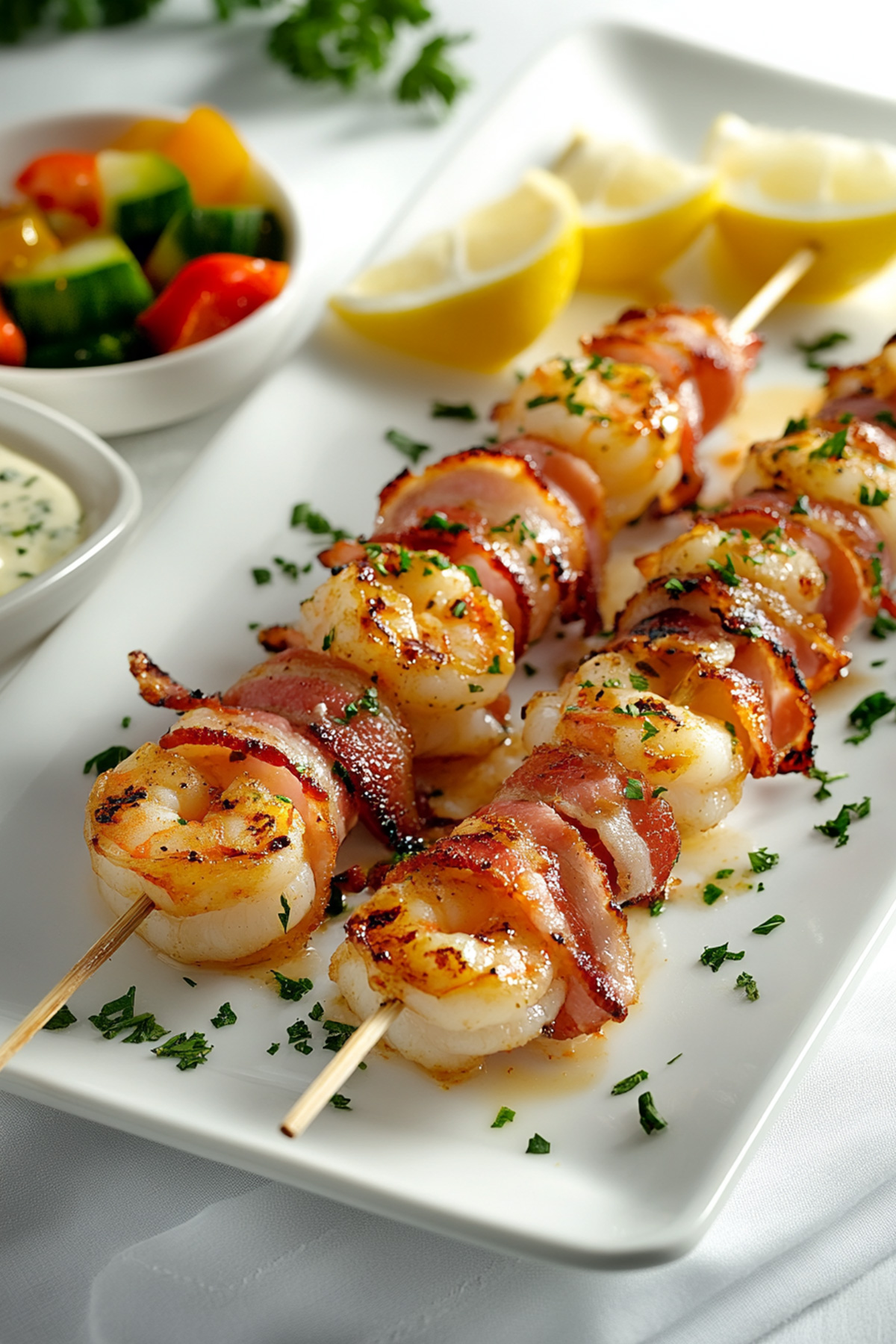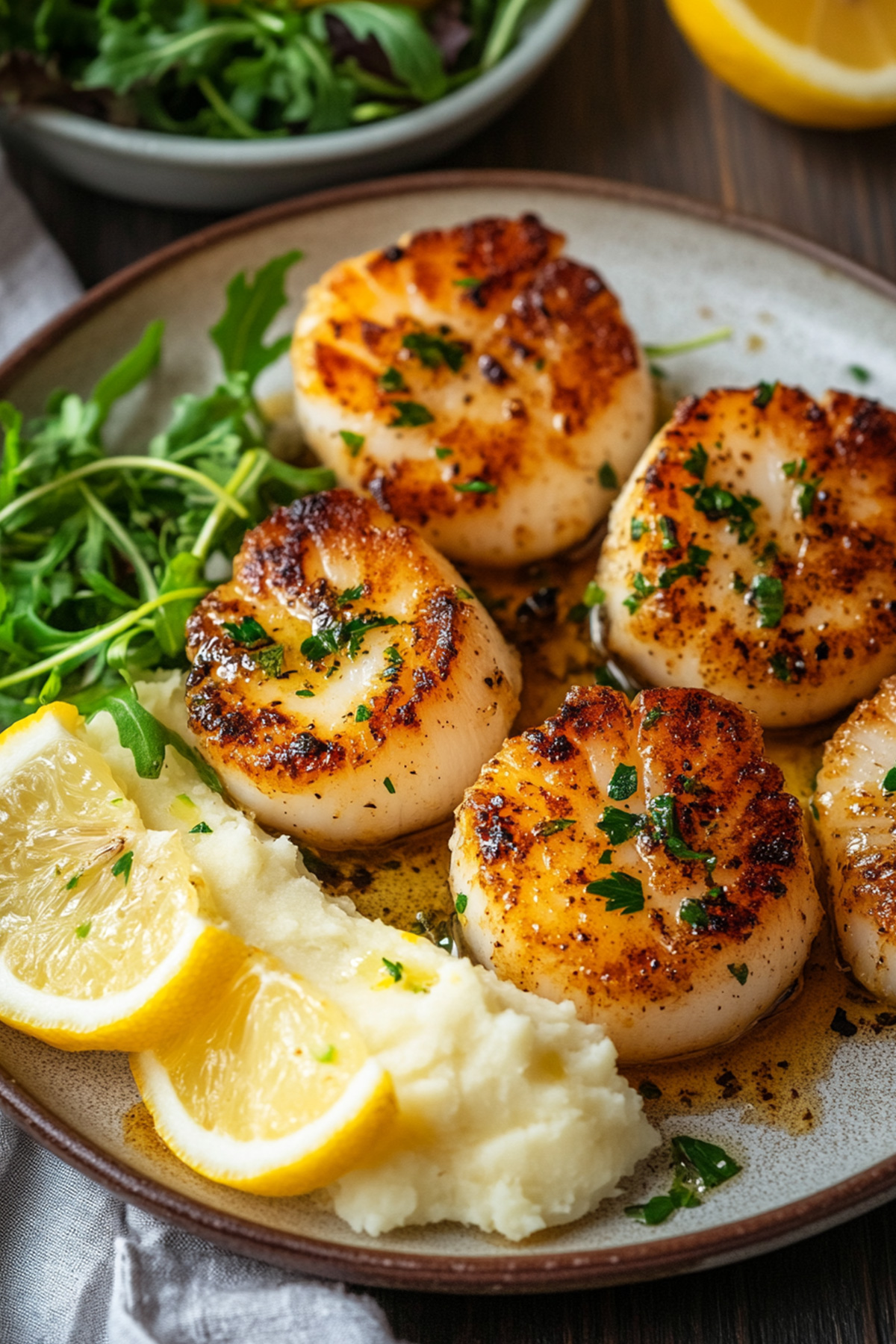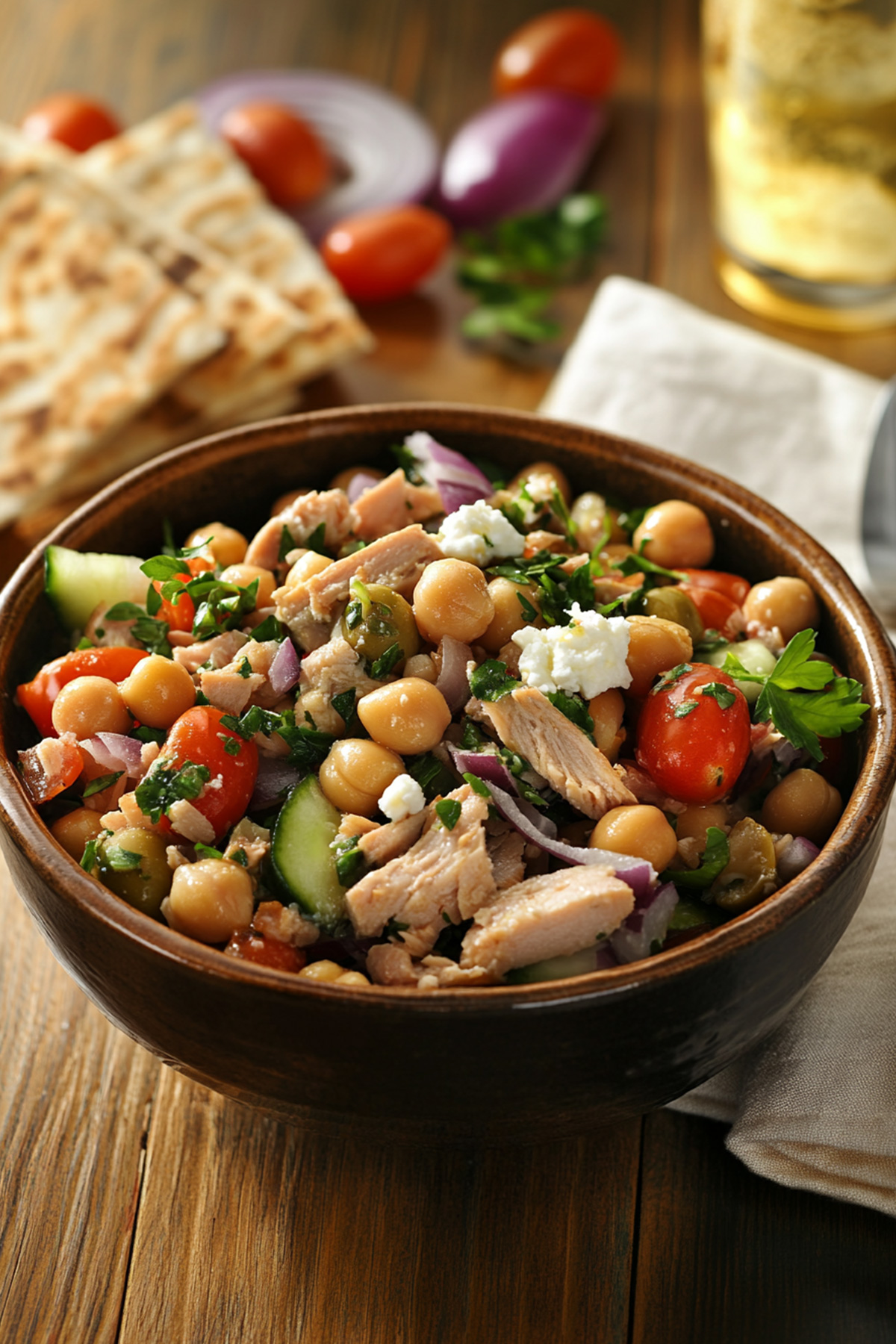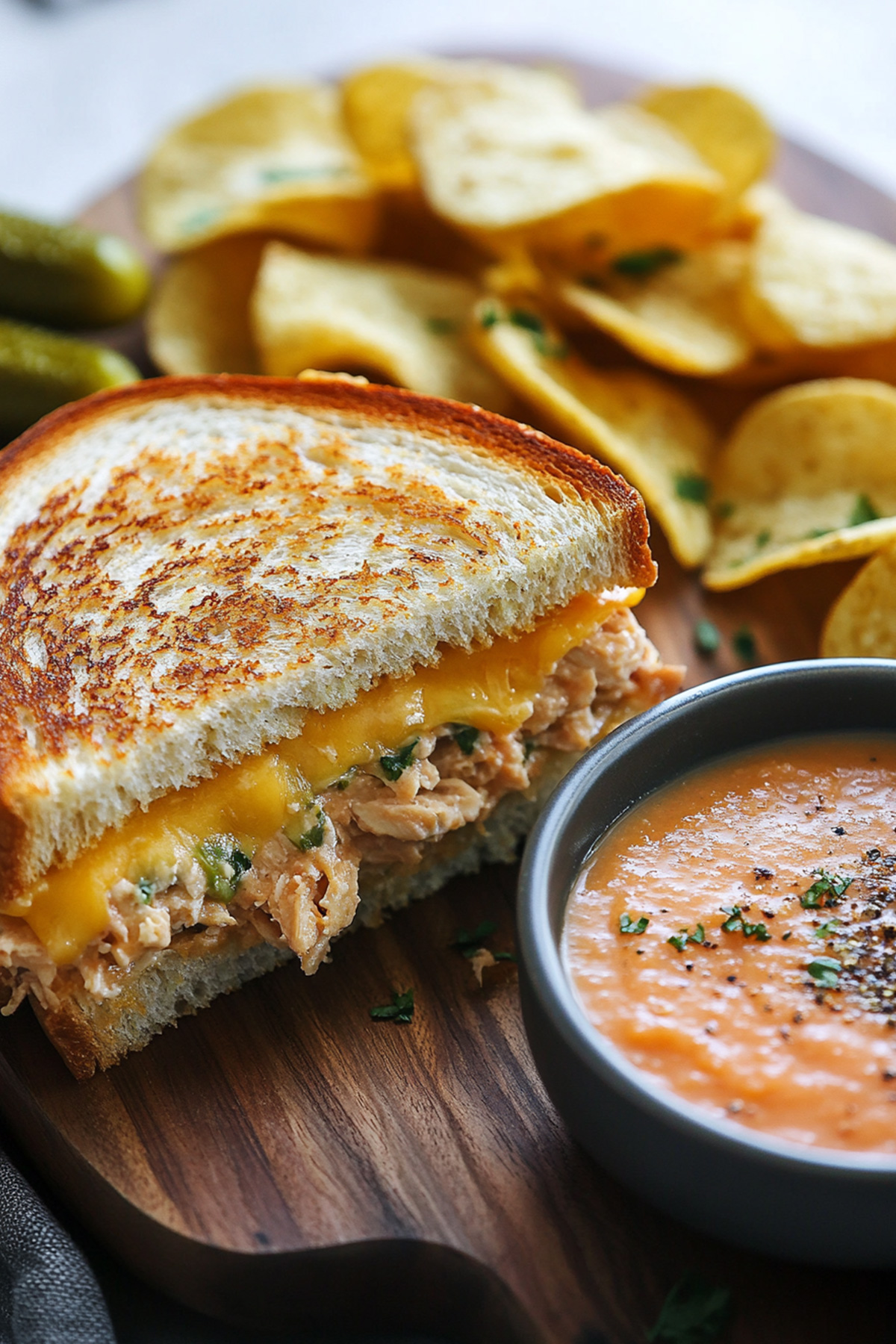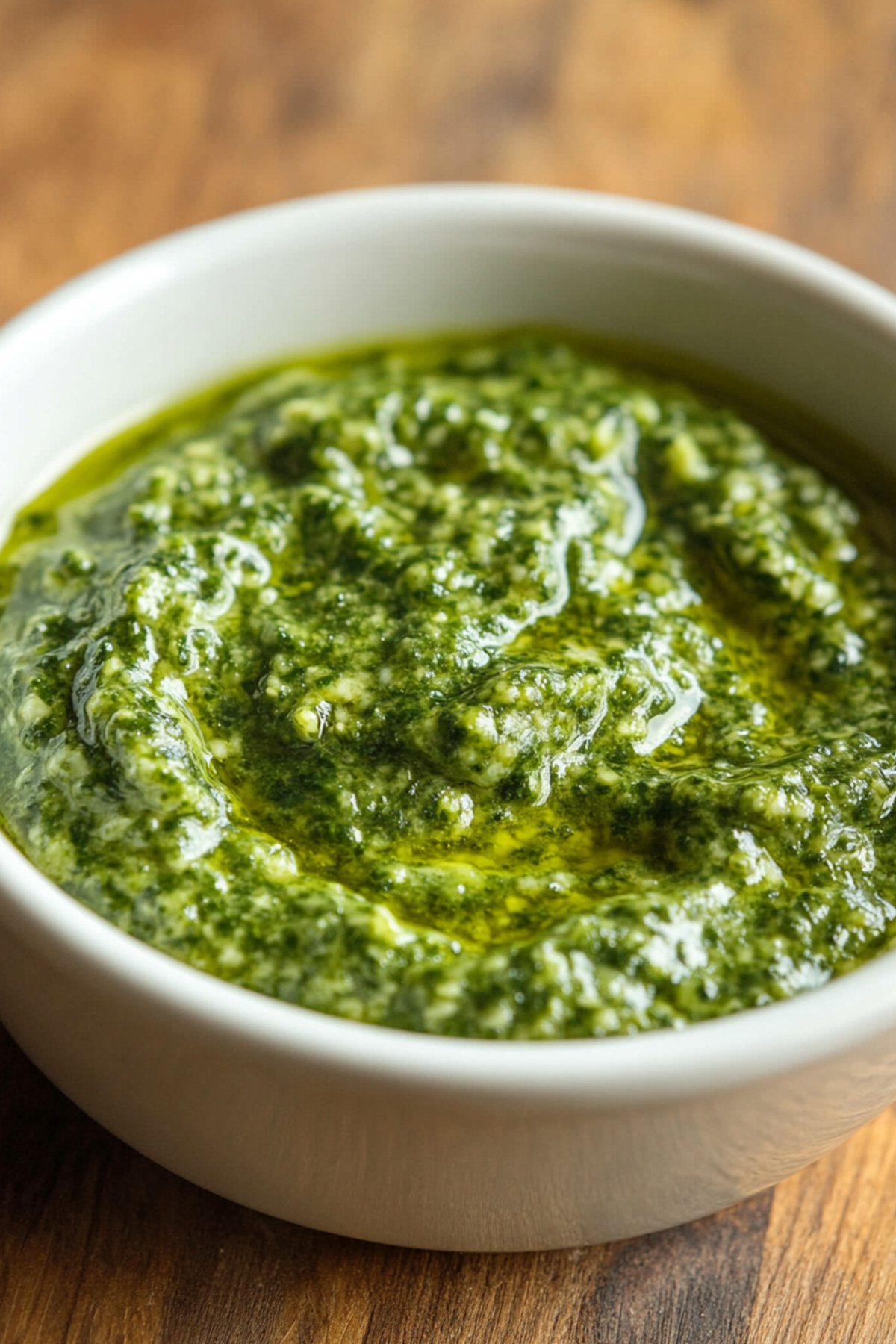Disclosure: As an Amazon Associate and participant in other affiliate programs, we earn from qualifying purchases. We only recommend products we believe will provide value to our readers.
Looking for tips on how to poach salmon? Your perfect poached salmon recipe shouldn’t take more than 15 minutes to prepare. In fact, this elegant dish requires just 5 minutes of prep time and 5-8 minutes of cooking time, making it an ideal choice for both quick weeknight dinners and sophisticated entertaining.
Not only is poached salmon incredibly versatile – serving beautifully on salads, in sandwiches, or alongside creamy sides – but it’s also packed with nutrition, offering 38g of protein per serving.
The key to achieving that coveted buttery-soft texture lies in maintaining the right temperature (170°F) and using aromatics like lemon, shallots, and fresh dill to enhance the natural flavors.
Whether you’re new to poaching or looking to perfect your technique, this guide will walk you through every step to ensure your salmon turns out perfectly tender and flavorful every time.
Table of Contents
How to Poach Salmon: Essential Equipment
First and foremost, gathering the right equipment ensures your poached salmon recipe turns out perfectly every time.
A large, deep skillet or straight-sided sauté pan serves as your primary tool – ideally 12 inches wide and at least 2.5 inches deep to accommodate the fish and poaching liquid comfortably.
Here’s your essential equipment checklist for poaching salmon:
- A wide slotted spoon or fish spatula for gentle handling
- Instant-read thermometer for precise temperature control
- Kitchen twine for securing herb bundles
- Heavy-duty aluminum foil or parchment paper
- Shallow heat-proof plate or bowl for testing doneness
- Fine-mesh strainer for removing aromatics
Additionally, while not strictly necessary, a fish poaching insert or rack can significantly improve your results. This specialized tool elevates the salmon slightly above the pan bottom, ensuring even heat distribution and preventing the fish from sticking.
Moreover, consider investing in a good-quality timer with an alarm function. Since timing is crucial for achieving that buttery-soft texture, having a reliable way to track cooking duration makes a substantial difference in your final results.
For those who frequently prepare poached salmon, a dedicated oval fish poacher might be worth considering. Although not essential, these specialized pans come with a removable rack and tight-fitting lid, making the entire process more streamlined.
Furthermore, keep a set of measuring cups and spoons handy for portioning your poaching liquid and seasonings accurately. A sharp knife for preparing aromatics and garnishes will likewise prove invaluable in your preparation process.
Lastly, ensure you have proper storage containers if you plan to make extra portions.
Glass containers with tight-fitting lids work best for maintaining the delicate texture and preventing any unwanted odors from seeping into your perfectly poached salmon.
Read also: Smoked Salmon Recipe
Common Mistakes to Avoid When Poaching Salmon
Even experienced cooks can stumble when preparing poached salmon. Understanding these common pitfalls will help you achieve that perfect, buttery-soft texture every time.
Temperature control errors
The most crucial mistake occurs when your poaching liquid gets too hot. Never let the liquid boil – this will toughen your salmon and create an unpleasant texture. Instead, maintain a gentle simmer where tiny bubbles occasionally break the surface.
The ideal poaching temperature should hover between 165°F and 175°F.
Timing mistakes
Overcooking is particularly common when poaching salmon. Remember these essential timing guidelines:
- 1-inch thick filets: 8-10 minutes
- ½-inch thick filets: 5-7 minutes
- 2-inch thick filets: 10-12 minutes
Seasoning missteps
Consequently, many home cooks either under-season or over-complicate their poaching liquid. The key is finding the right balance. Start with a base of water, white wine, and aromatics.
Nevertheless, avoid using too many competing flavors that might overshadow the salmon’s natural taste.
Liquid ratio problems
Another frequent error involves using either too much or too little poaching liquid. The fish should be covered by about ¾ inch of liquid – any more wastes ingredients, any less results in uneven cooking.
Therefore, choose a pan that fits your salmon snugly without overcrowding.
Common troubleshooting tips:
- If the salmon appears opaque on the outside however remains raw in the center, your liquid was too hot
- When the flesh easily separates with a fork, it’s done
- Cloudy poaching liquid often indicates the temperature was too high
- A white film on the salmon suggests overcooking
Read also: Fried Salmon Recipe
Remember to check the internal temperature occasionally rather than relying solely on timing. The fish should reach 145°F at its thickest point for food safety, though some chefs prefer 140°F for a more tender result.
Tips for Achieving Buttery-Soft Poached Salmon
Initially, achieving that perfect buttery-soft texture starts with a game-changing technique: the cold-start method. Place your salmon in cold poaching liquid and gradually heat it up, which prevents the exterior from becoming tough.
Temperature secrets
The magic happens at precisely 170°F (77°C). Above all, maintain this temperature throughout cooking – it’s low enough to prevent drying while still creating sufficient steam for even cooking.
For enhanced results, increase the wine-to-water ratio in your poaching liquid, as the alcohol’s lower boiling point creates more vapor even at lower temperatures.
Liquid infusion techniques
Your poaching liquid should come about a quarter way up the sides of the salmon filet. For extra flavor depth, try these aromatic combinations:
- Citrus and herbs: Lemon, lime, thyme, and parsley
- Asian-inspired: Lemongrass, ginger, and kaffir lime
- Classic blend: Star anise, tamari soy sauce, and mirin
Professional chef recommendations
Specifically, professional chefs suggest resting the filets on lemon slices to prevent overcooking the bottom. For butter poaching, soften the butter until creamy but not completely melted.
Accordingly, baste the salmon occasionally with the butter while cooking.
Keep the liquid at a gentle simmer – you should see only tiny bubbles occasionally breaking the surface. For precision, start checking for doneness after 8 minutes.
The fish should reach an internal temperature of 120°F for medium-rare results, flaking easily with a fork yet remaining moist and tender.
Read also: Poached Salmon Recipe for Beginners
Remember to remove the skin while the salmon is still warm for easier handling. Once done, a squeeze of fresh lime can add brightness to your butter-poached creation. Undoubtedly, these professional techniques will help you achieve restaurant-quality results in your home kitchen.
How Long to Poach Salmon: A Complete Timing Guide
Mastering the timing of poached salmon ensures perfectly tender results every time. Let’s explore the essential timing guidelines based on your filet’s thickness.
Thickness-based timing recommendations
Generally, follow this simple timing guide for poaching salmon:
- 1-inch thick filets: 10 minutes per inch
- 2-inch thick whole fish: 15-30 minutes
- Thin filets (½ inch): 5-7 minutes
- Medium filets: 11-16 minutes
Temperature indicators
Essentially, your poaching liquid should remain hot and steaming without reaching a simmer. During cooking, monitor the internal temperature of your salmon using an instant-read thermometer:
For food safety: The USDA recommends cooking to 145°F. Meanwhile, some chefs prefer lower temperatures for a more delicate texture:
- Medium-rare: 120°F
- Medium: 125°F-130°F
Visual cues for perfectly poached salmon
Soon after placing your salmon in the poaching liquid, you’ll notice the color changing to a pale pink. Straightaway, watch for these signs of doneness:
The flesh should flake easily when tested with a fork. Similarly, when you poke the salmon, it should feel firm yet tender. For cold-served preparations, remove the fish slightly earlier and allow it to cool in the poaching liquid.
You may like: Dishwasher Salmon Recipe
Remember to let your salmon rest for several minutes after cooking. During this time, the internal temperature will continue rising slightly, plus the juices will redistribute throughout the flesh, ensuring that coveted buttery-soft texture.
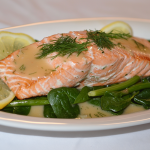
Poached Salmon Recipe
- Total Time: 17 minutes
- Yield: 4 servings 1x
Description
Discover a foolproof method for creating restaurant-quality poached salmon right in your kitchen. This elegant recipe combines the richness of wine with aromatic herbs to produce perfectly tender, flaky fish that’s ready in under 20 minutes.
This classic poached salmon recipe features a delicate blend of white wine, fresh herbs, and citrus notes. The gentle cooking method ensures your salmon stays moist and flavorful, making it perfect for both warm dinners and chilled preparations.
Ingredients
- 1–1.5 pounds salmon filets, pin bones removed
- 1/2 cup dry white wine (Sauvignon Blanc recommended)
- 1/2 cup water
- Fresh dill sprigs
- 1 shallot, thinly sliced
- 2–3 fresh lemon slices
- Salt and freshly ground black pepper
- Optional: fresh parsley sprigs
Instructions
- Prepare the poaching liquid by combining wine and water in a large skillet with a lid.
- Create an aromatic base by placing lemon slices, shallots, and fresh herbs in the pan.
- Place salmon filets skin-side down on top of the aromatics and season with salt and pepper.
- Bring the liquid to a gentle simmer over medium heat.
- Cover the pan and cook for 5 minutes, maintaining a low simmer.
- Remove from heat and let rest in the liquid for 7 additional minutes.
- Gently lift the salmon from the liquid using a slotted spatula.
Notes
- Keep the skin on while cooking – it’s easier to remove afterward
- The stock should cover the bottom of the pan by at least 1/4 inch
- For best results, use boneless salmon filets
- Store leftovers in an airtight container for up to 2 days
- Prep Time: 5 minutes
- Cook Time: 12 minutes
- Category: Seafood
- Method: Poaching
- Cuisine: International
Flavor Variations for Your Poached Salmon
Ready to elevate your basic poached salmon recipe? Let’s explore exciting flavor combinations that transform this classic dish into something extraordinary.
Primarily, the poaching liquid sets the foundation for flavor. Consider these proven combinations:
- Classic Wine Base: A splash of white wine adds elegant depth
- Light Broth Option: Vegetable or light chicken broth creates a savory profile
- Seafood Stock: Offers the richest flavor enhancement
- Asian-Inspired: Combine soy sauce, rice vinegar, and brown sugar for an umami-rich experience
Notably, your choice of aromatics can create distinctly different taste profiles. Fresh fennel introduces a subtle licorice note that perfectly complements the salmon’s natural flavors.
Essentially, herbs play a crucial role – while dill remains the classic choice, experimenting with combinations of thyme, bay leaf, mint, and parsley can create unique flavor profiles.
For those seeking Mediterranean flair, try creating a bed of sliced shallots and fresh herbs beneath your salmon. Subsequently, you might consider preparing a complementary sauce. Home cooks have reported excellent results with:
- Tzatziki sauce for a refreshing Greek twist
- Caper parsley sauce, perfect for picnic presentations
- Mustard-dill cream sauce enhanced with shallots
Ultimately, citrus variations can brighten your dish considerably. Beyond traditional lemon, consider using:
- Lime slices for a tropical touch
- Orange segments for subtle sweetness
- A combination of citrus for complex flavor
For an Asian-inspired variation, create a marinade using equal parts soy sauce and rice vinegar, adding brown sugar and a touch of sesame oil. This combination works exceptionally well when you’re planning to serve the salmon chilled.
Read also: Almond Crusted Salmon Recipe
Remember that even simple additions like tossing in a handful of mushrooms or cherry tomatoes during the final minutes of cooking can create an entirely new dish. The beauty of poached salmon lies in its versatility – each variation builds on the basic technique while introducing new flavor dimensions.
Best Side Dishes for Poached Salmon
Selecting the perfect side dishes can elevate your poached salmon from a simple protein to an impressive meal. Essentially, the key is choosing accompaniments that complement rather than overpower the delicate fish.
Light and Fresh Options Primarily, crisp vegetables and leafy greens work beautifully with poached salmon. Consider these refreshing pairings:
- Asparagus spears with lemon zest
- Cucumber-dill salad
- Roasted cherry tomatoes
- Mixed green salad with citrus vinaigrette
- Steamed haricots verts
Grain-Based Sides Alternatively, wholesome grains provide substance without overwhelming the fish’s subtle flavors. Coupled with fresh herbs, these options create satisfying meal combinations:
- Pearl couscous tossed with fresh parsley
- Wild rice pilaf with toasted almonds
- Quinoa salad with roasted vegetables
- Farro with mushrooms and thyme
- Orzo with lemon and fresh herbs
Creamy Accompaniments As well as lighter options, rich sides can create an indulgent dining experience. For special occasions, consider pairing your poached salmon with:
- Creamy mashed potatoes
- Risotto with spring peas
- Cauliflower puree
- Herbed polenta
- Roasted garlic aioli
For casual weeknight dinners, opt for simple steamed vegetables or a quick grain salad. In contrast, formal occasions might call for more elaborate sides like roasted fingerling potatoes or saffron rice pilaf.
To maintain the healthful benefits of your poached salmon, consider incorporating nutrient-rich vegetables like roasted Brussels sprouts or sautéed spinach. These sides not only complement the fish perfectly but also add valuable nutrients to your meal.
Remember that temperature plays a crucial role in side dish selection. Chilled poached salmon pairs wonderfully with room temperature companions like:
- Mediterranean orzo salad
- Roasted vegetable platters
- Grain-based tabbouleh
- Marinated cucumber salad
- Mixed bean medley
For warm servings, time your side dishes to finish cooking just as your salmon reaches perfection. This synchronization ensures every element of your meal arrives at the table at its peak.
Health Benefits of Poached Salmon
Beyond its delicate flavor, poached salmon stands out as a powerhouse of nutrition. Essentially, the gentle poaching method helps preserve vital nutrients that might otherwise be lost through more aggressive cooking techniques.
Primarily, poached salmon delivers an impressive protein punch, providing approximately 22 grams of high-quality protein per 3.5-ounce serving. Indeed, this lean protein source helps maintain muscle mass and supports overall body function.
The nutritional profile of poached salmon includes:
- Essential omega-3 fatty acids
- Vitamin D
- B-complex vitamins
- Selenium
- Potassium
- High-quality protein
Notably, the poaching method requires minimal added fats, making it an excellent choice for those watching their calorie intake. By choosing to poach your salmon, you’re opting for a cooking method that maintains the fish’s natural moisture while keeping additional calories at bay.
Your heart health can benefit significantly from regular consumption of poached salmon. The omega-3 fatty acids found in salmon help reduce inflammation throughout your body and may lower your risk of heart disease. These beneficial fats remain well-preserved through the gentle poaching process.
The vitamin D content in salmon deserves special attention, as it plays a crucial role in maintaining bone health and supporting your immune system. A single serving of poached salmon can provide a substantial portion of your daily vitamin D requirements.
Brain-boosting benefits come from the combination of omega-3s and B vitamins present in salmon. These nutrients work together to support cognitive function and may help maintain mental clarity as you age.
Ultimately, the poaching method allows you to enjoy these health benefits while avoiding the potential formation of harmful compounds that can occur with high-heat cooking methods.
This makes poached salmon an ideal choice for both health-conscious individuals and those simply looking to maintain a balanced diet.
References:
– Healthline
– Transparenthands
Nutritional Information of Poached Salmon
Understanding the precise nutritional content of your poached salmon helps you make informed dietary choices. Let’s break down the numbers that make this cooking method so beneficial for your health.
A standard 100-gram serving of poached salmon provides 145 calories, making it an excellent choice for balanced meal planning. The macronutrient breakdown reveals why poached salmon is particularly valued by health-conscious individuals:
| Nutrient | Amount per 100g | % Daily Value |
|---|---|---|
| Protein | 24.92g | 72% |
| Total Fat | 4.31g | 6% |
| Carbohydrates | 0g | 0% |
| Cholesterol | 65mg | 22% |
Essentially, the fat content in your poached salmon consists of:
- Saturated Fat: 0.698g
- Polyunsaturated Fat: 1.691g
- Monounsaturated Fat: 1.168g
Primarily, poached salmon stands out for its impressive mineral content. A single serving delivers:
- Selenium: 75-85% of daily value
- Potassium: 343mg (7% DV)
- Iron: 0.96mg (5% DV)
- Calcium: 16mg (1% DV)
Fundamentally, the vitamin content in your poached salmon contributes significantly to your daily nutritional needs. A 3.5-ounce serving provides approximately 66% of your daily vitamin D requirements.
The B-vitamin complex present in poached salmon plays a crucial role in:
- Energy production
- DNA creation and repair
- Inflammation reduction
- Brain function optimization
Notably, the nutritional profile varies slightly between wild-caught and farmed salmon. Wild salmon typically contains more protein, whereas farmed varieties offer slightly higher amounts of healthy fats.
For those tracking their sodium intake, poached salmon contains 75mg of sodium per 100-gram serving. This moderate sodium content makes it suitable for most dietary requirements.
The protein quality in your poached salmon deserves special attention. A standard portion provides between 22-25 grams of complete protein, containing all essential amino acids your body needs for optimal function.
Ultimately, when preparing a 6-ounce portion, you’ll consume approximately 247 calories, making it an ideal protein source for various dietary goals.
This serving size provides 42.39g of protein and 7.33g of fat, offering substantial nutrition while remaining relatively low in calories.
References:
– Healthline
– Eat This Much
Conclusion
Poached salmon stands as a testament to culinary simplicity meeting nutritional excellence. Through proper temperature control and timing, this versatile dish delivers restaurant-quality results right from your kitchen.
Whether served alongside fresh vegetables for a light lunch or paired with creamy sides for an elegant dinner, poached salmon adapts beautifully to any occasion.
The gentle cooking method preserves essential nutrients while keeping the calorie count low, making it an excellent choice for health-conscious food lovers.
Armed with the right equipment and techniques, achieving that coveted buttery-soft texture becomes second nature.
Remember that practice leads to perfection – start with the basic recipe, then experiment with different aromatics and side dishes as your confidence grows.
Soon enough, poached salmon will become your go-to dish for both quick weeknight dinners and sophisticated entertaining.

